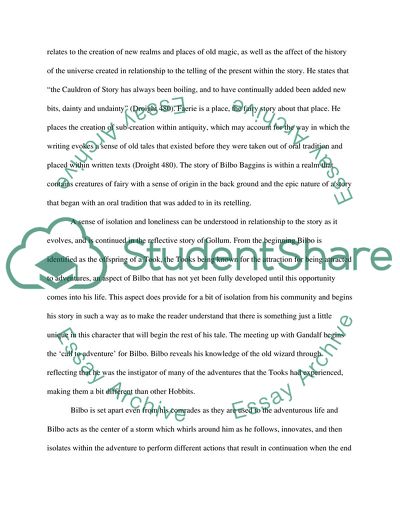Cite this document
(“There and Back Again Essay Example | Topics and Well Written Essays - 1250 words - 1”, n.d.)
Retrieved from https://studentshare.org/literature/1596440-there-and-back-again
Retrieved from https://studentshare.org/literature/1596440-there-and-back-again
(There and Back Again Essay Example | Topics and Well Written Essays - 1250 Words - 1)
https://studentshare.org/literature/1596440-there-and-back-again.
https://studentshare.org/literature/1596440-there-and-back-again.
“There and Back Again Essay Example | Topics and Well Written Essays - 1250 Words - 1”, n.d. https://studentshare.org/literature/1596440-there-and-back-again.


